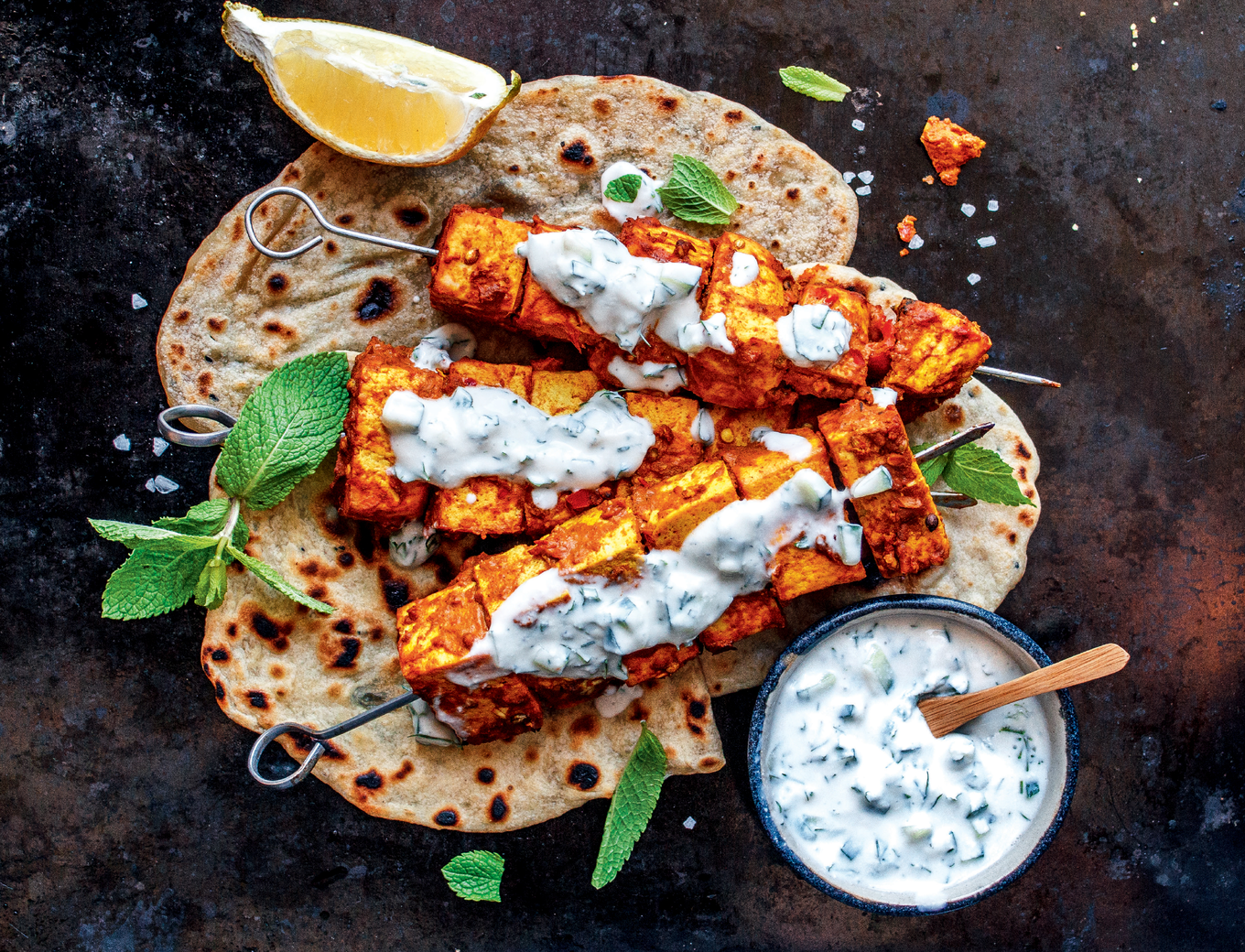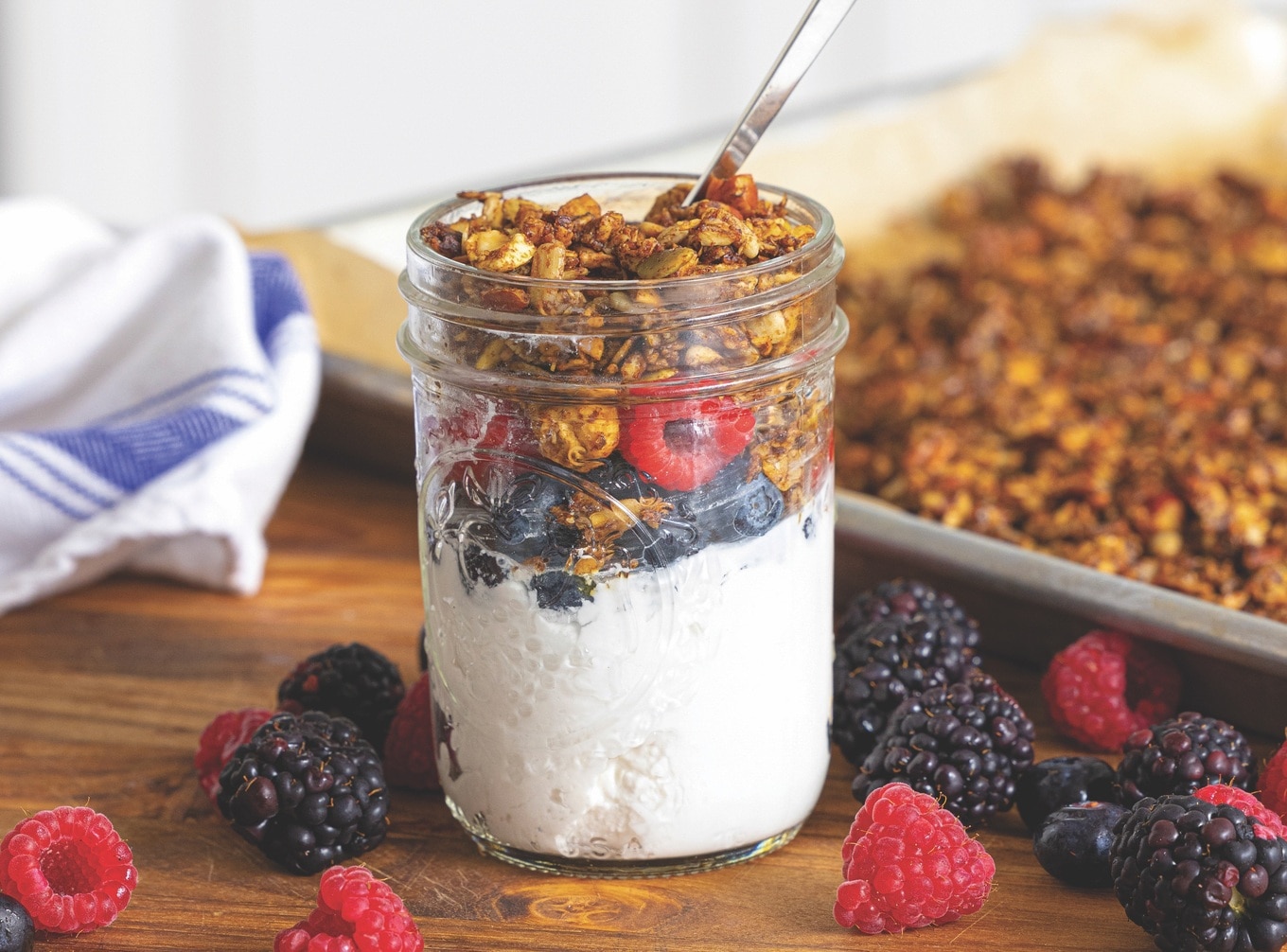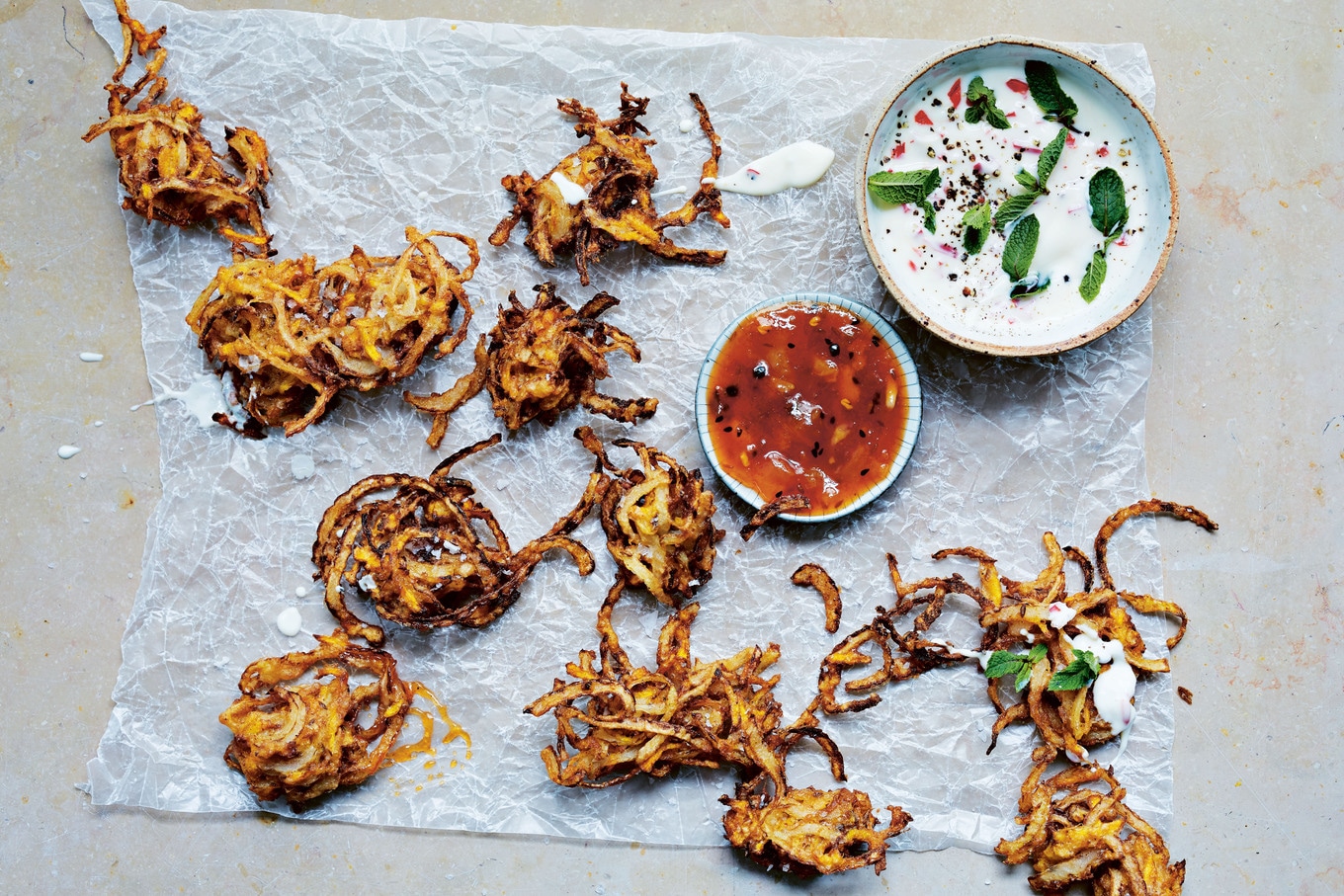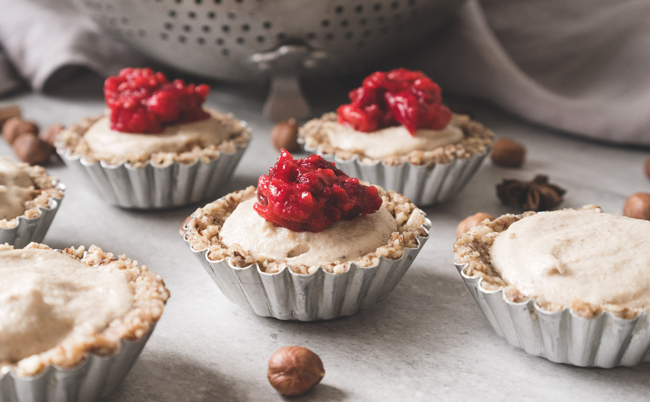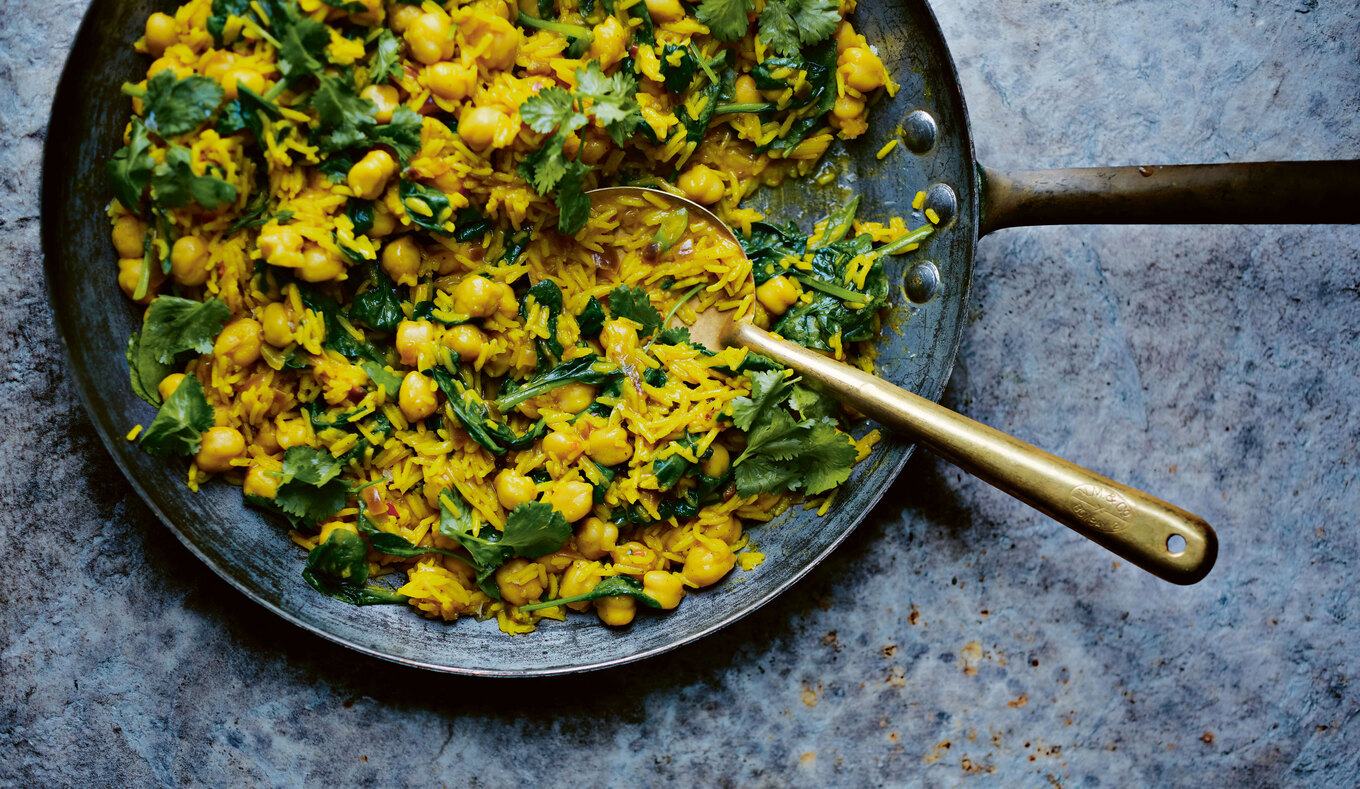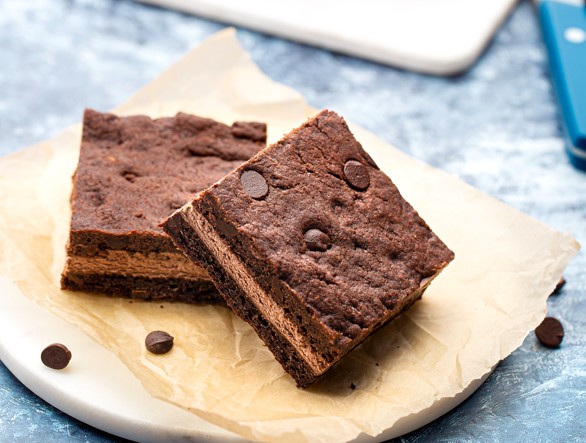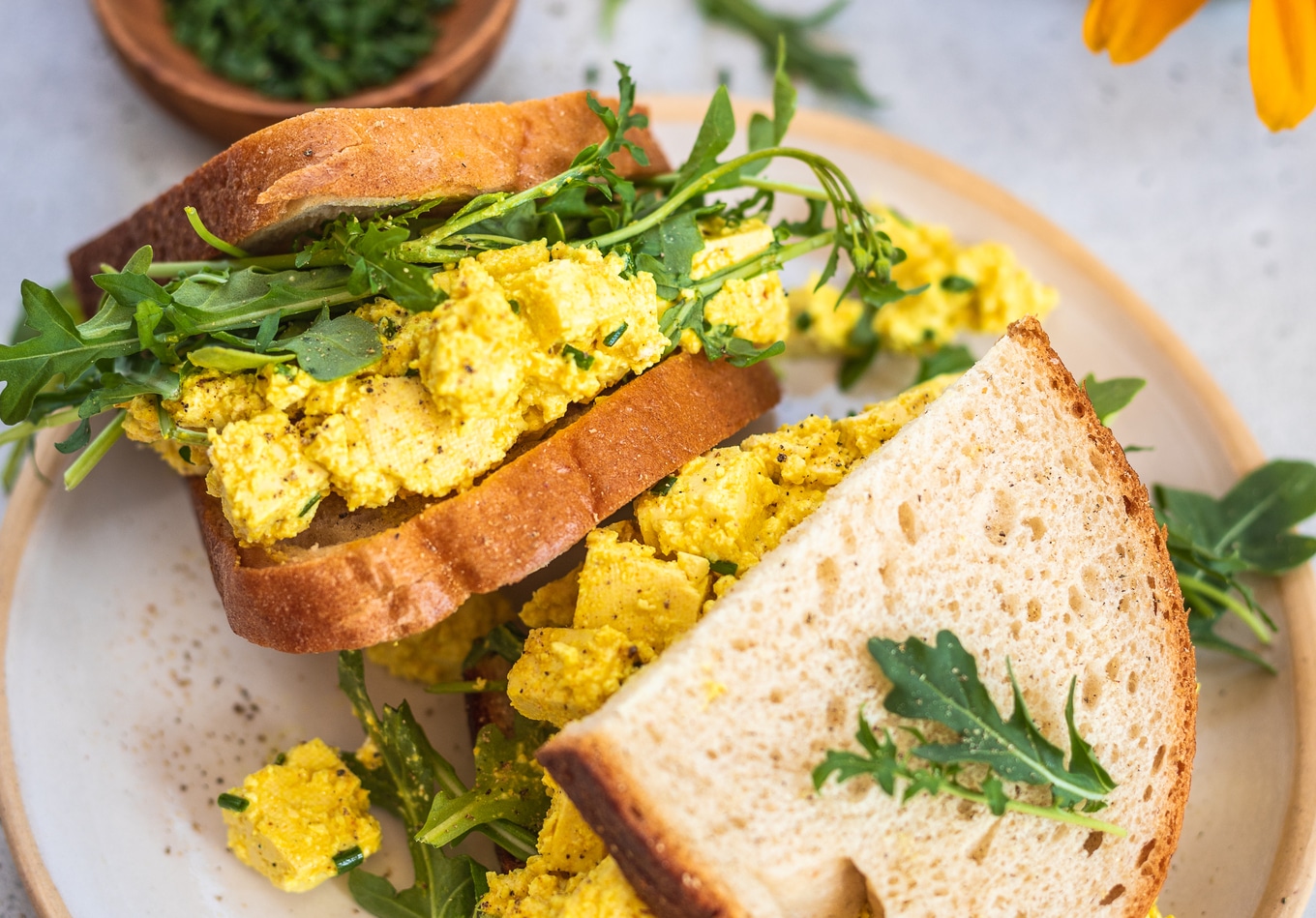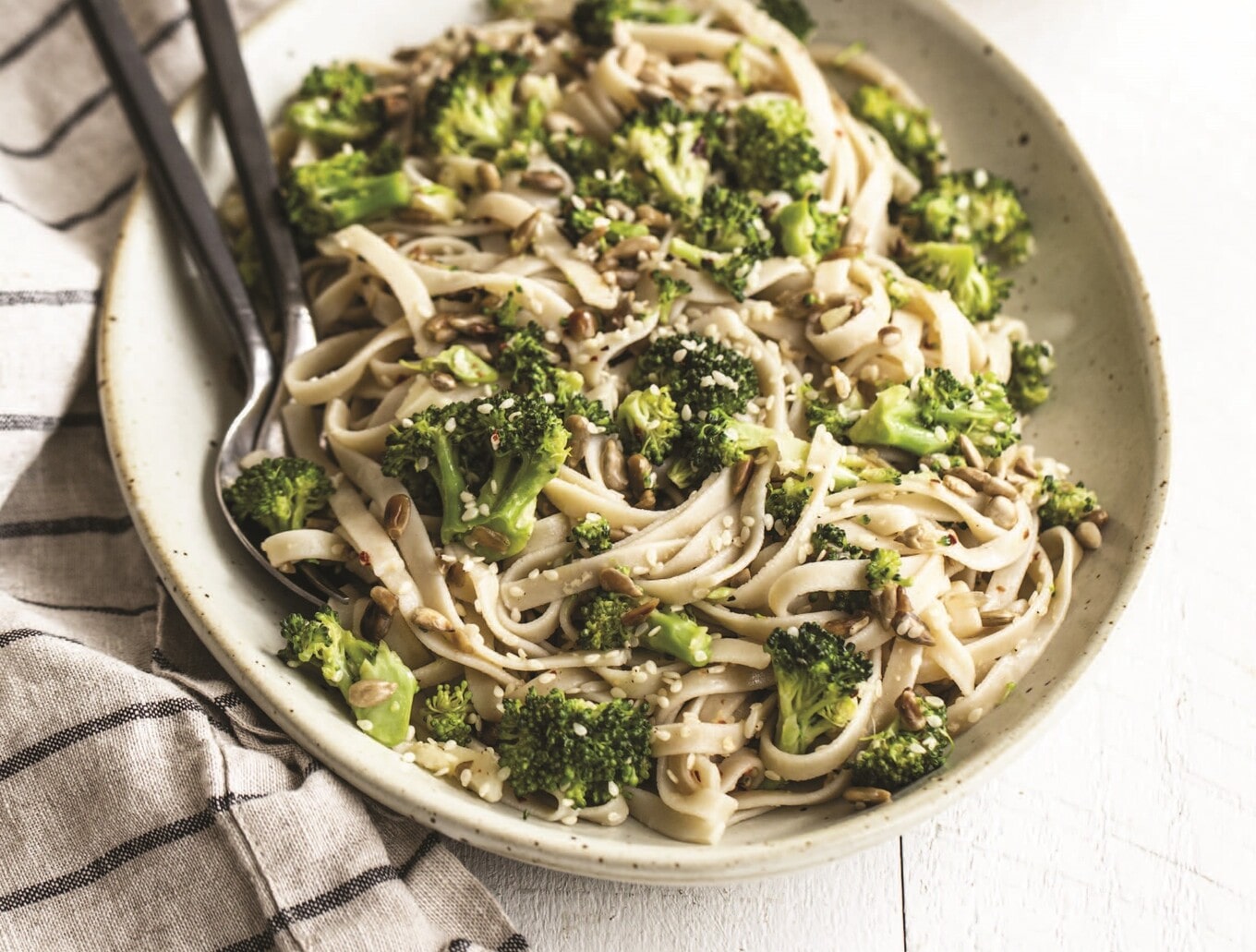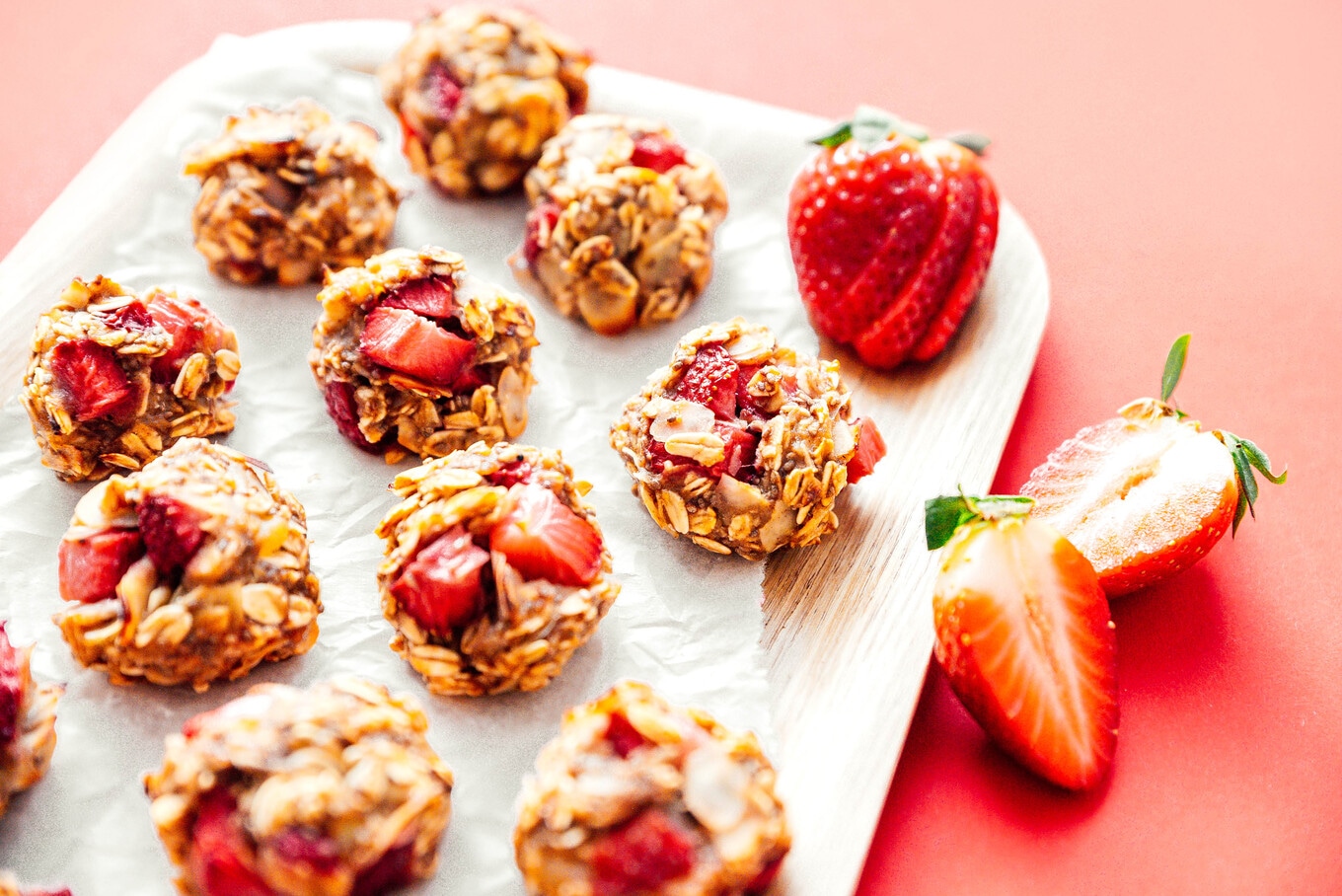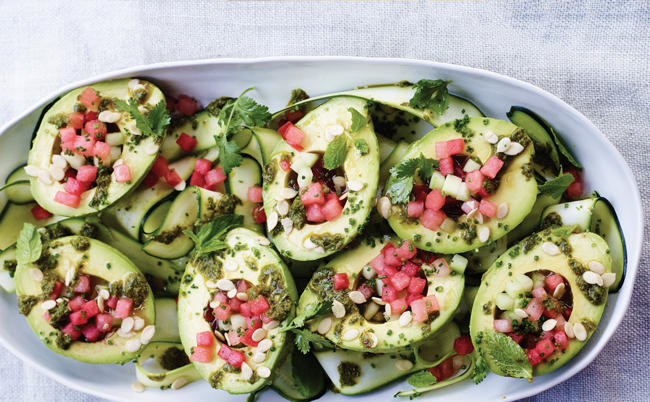Last year, researchers set out to find how many people in the UK were uncomfortable talking about vaginas. The result? More than two in five of the women surveyed said they would feel “mortified” to discuss their genitals, even with a close friend.
In more concerning findings, around three in 10 said they would avoid going to a doctor if they felt something was wrong with their vagina. And it’s not just Brits. All over the world, women and individuals with vaginas feel ashamed to talk about them for many reasons, from cultural taboos to fear of judgment.

But being open about vaginal health is important. Of course, vaginas play a key role in reproduction and sex, but they also play a protective role, too, by helping to remove unwanted bacteria from the body. When there is something wrong, symptoms can be painful and unpleasant, but most conditions can be easily treated with the right medication.
There are many ways to support vaginal health. Staying hydrated, practicing safe sex, wearing comfortable clothing, and gently washing (not douching) are all important for taking care of the vagina. But the food we eat can have a big impact, too.
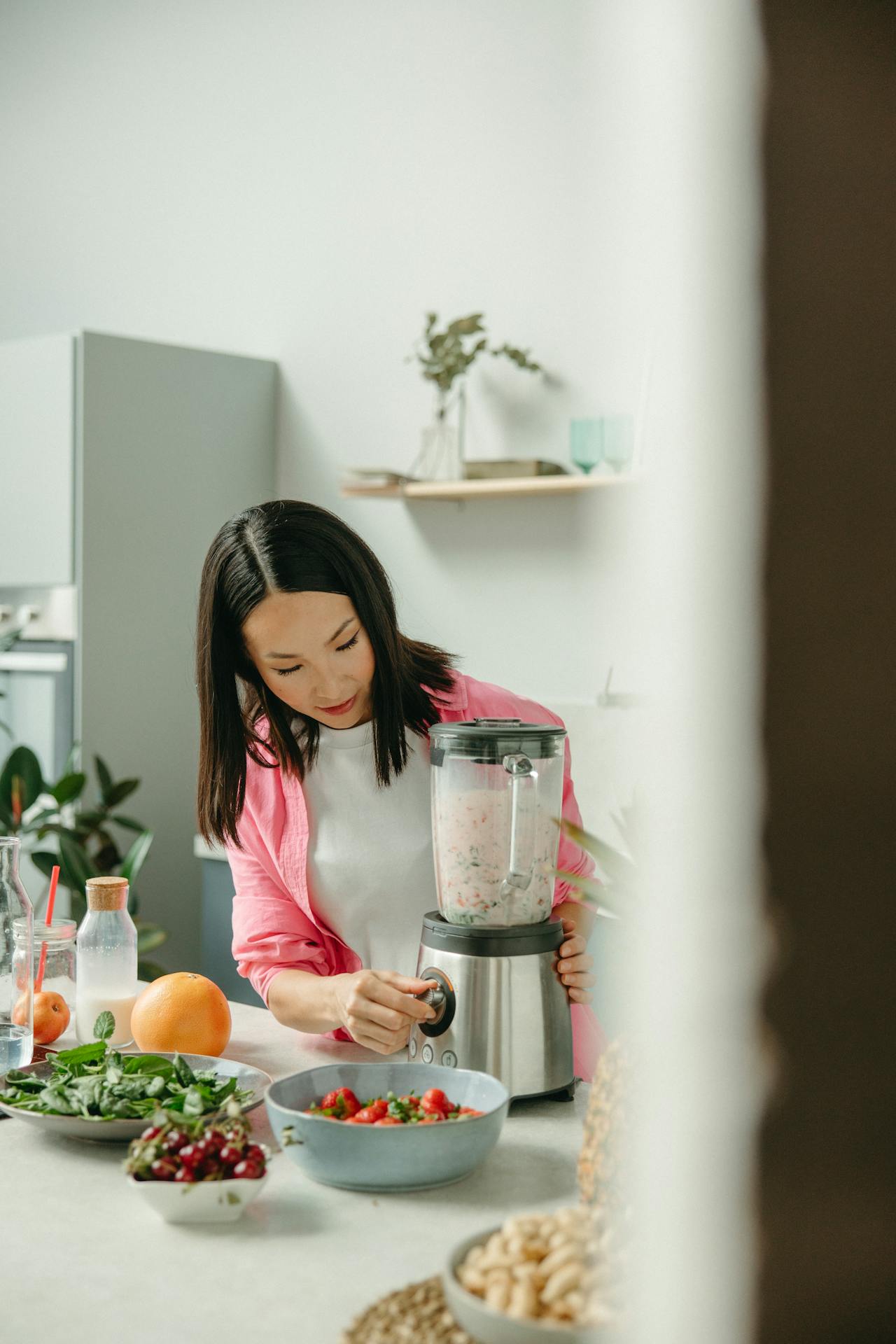 Pexels
Pexels
Like the gut, the vagina has its own microbiome. Eating a well-rounded diet filled with nutrient-dense foods and probiotics can help to maintain vaginal health. We spoke to Ayla Barmmer, MS, RD, LDN, the Founder and CEO of FullWell, to find out more. But first: How do you know your vagina is healthy?
What are the signs of a healthy vagina?
It’s important to know what’s normal and healthy with your vagina, so if things are off, you know it’s time to visit a healthcare professional. A healthy vagina should not feel irritated, itchy, or burn. These symptoms may indicate infections or imbalances. For example, thrush, a yeast infection that can be treated with antifungal medicine, often causes itching and irritation, as well as thick, off-white cottage cheese-like discharge.
Thrush is a common infection, and it’s often harmless. But if it’s persistent, it might be worth checking in with your doctor. “There are a lot of possible causes of yeast-infection-like symptoms, so if you are dealing with reoccurring infections, it’s worth working with a practitioner to assess what is going on,” advises Barmmer.
 Getty
Getty
Healthy vaginal discharge can change throughout the menstrual cycle, but generally, it should be clear, white, or slightly cloudy. If it has a strong fishy odor, this could be a sign of another easily treated condition called bacterial vaginosis.
Vaginas are generally resilient. They are self-cleaning—the discharge they produce actually helps them to clean themselves. They are also generally quick to heal when things go wrong, and they can easily stretch for childbirth. But they are not immune from challenges.
Vaginas rely on hormones, for example, and these can be disrupted for many reasons. “
Hormonal balance, particularly estrogen, is essential for vaginal health,” explains Barmmer.
“Estrogen maintains vaginal tissue integrity, elasticity, lubrication, and overall resilience. When estrogen levels decline—due to menopause, stress, or other disruptions—the vaginal environment can become drier and more susceptible to infections.”
Vaginas also need to maintain the right pH balance. In fact, the pH level of the vagina is a key factor in protecting against infections and maintaining a healthy environment. A healthy vaginal pH is slightly acidic, typically ranging between 3.8 and 4.5 on the pH scale. Lactobacillus acidophilus, a type of beneficial bacteria commonly found in the human body (especially in the gastrointestinal tract, mouth, and vagina) plays a key role in maintaining this pH. It produces lactic acid, which lowers the pH of the vagina, making it acidic. This acidity helps to inhibit the growth of harmful bacteria and yeast.
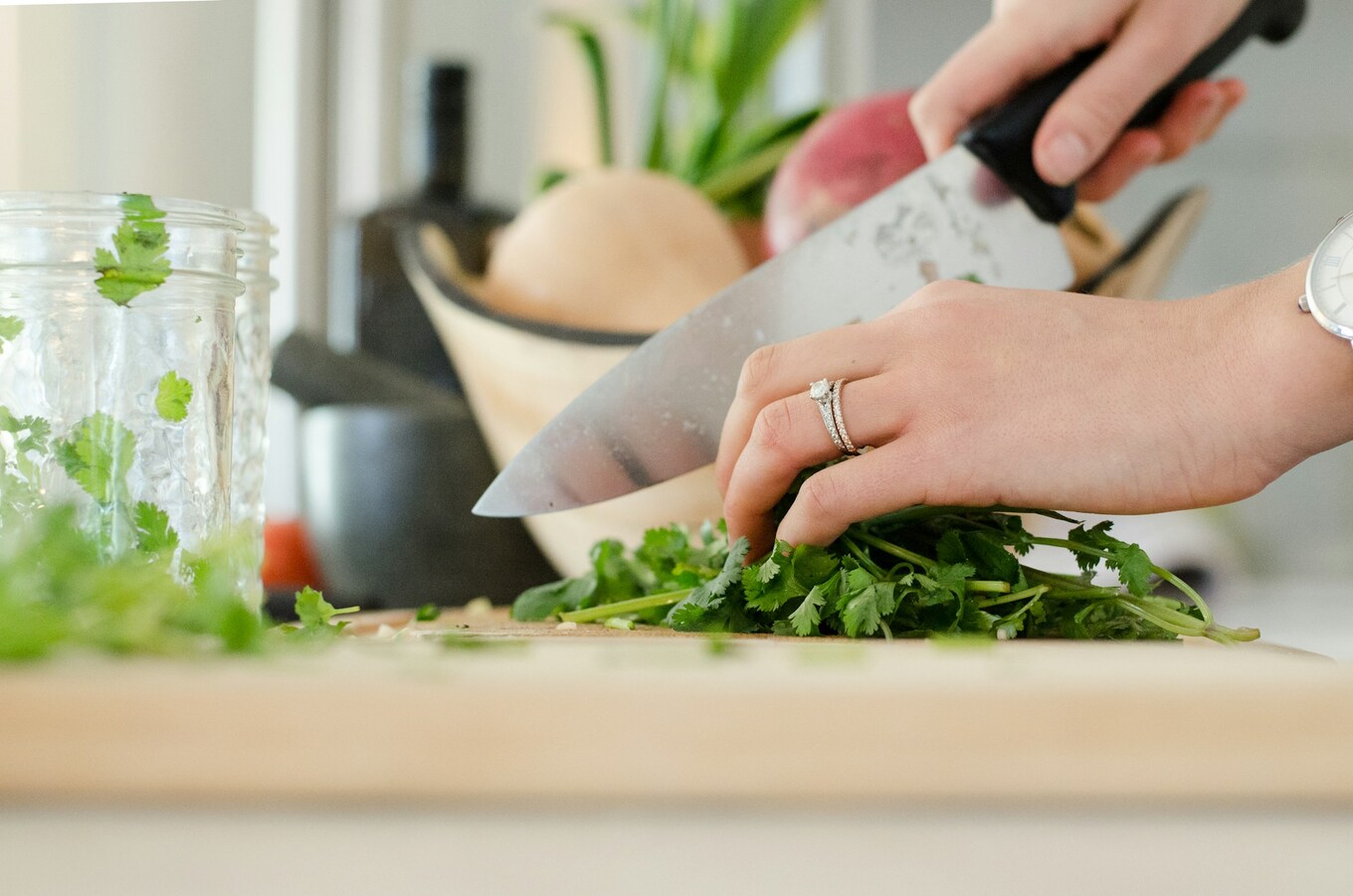 Alyson McPhee | Unsplash
Alyson McPhee | Unsplash
BECOME A VEGNEWS VIP: Get exclusive product deals, freebies, and perks galore!
“The vaginal environment is dynamic and influenced by the body’s overall balance,” adds Barmmer. “This ecosystem—composed of Lactobacillus acidophilus and other endogenous flora, glycogen, estrogen, and pH—is constantly shifting in response to hormonal changes, diet, and lifestyle.”
Can food help to support a healthy vagina?
Food can play a key role in supporting a healthy vagina. But perhaps not in the way you’ve heard in the past.
“There are several myths I come across in practice,” explains Barmmer. “One of the most common is the belief that eating pineapple will drastically change vaginal taste or smell.” She explains that while some of the nutrients in pineapple may support the health of the vagina, it’s unlikely to affect the odor. “Vaginal smell is determined mainly by the balance of bacteria and pH levels,” she says.
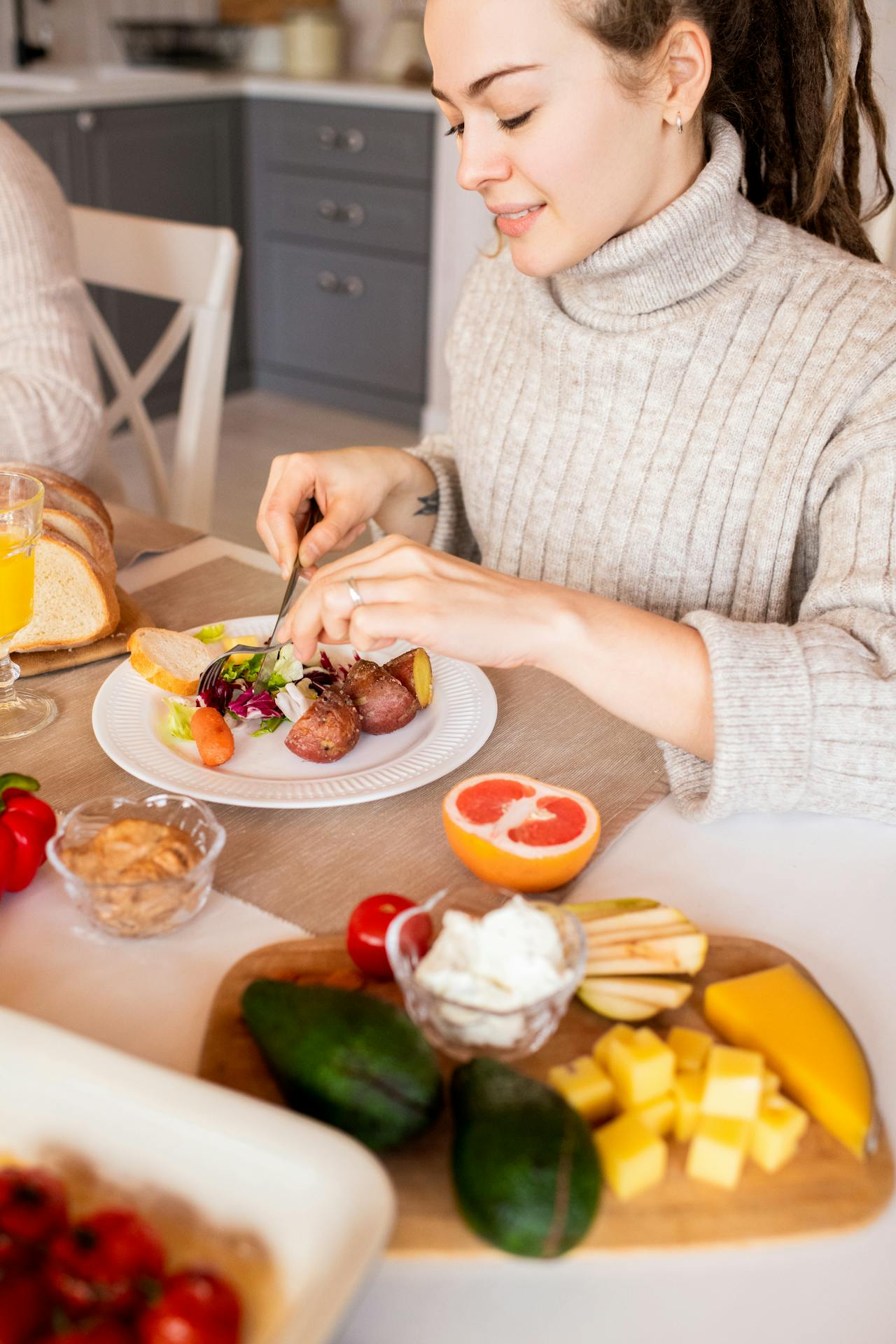
Other common myths include that cutting sugar will prevent yeast infections completely, or that applying certain foods directly to the vagina will change the pH balance. “This isn’t safe or necessary,” says Barmmer.
Research suggests, however, that following a healthy, balanced diet will help support vaginal health. “Consuming probiotic-rich foods or supplements orally—especially those with researched strains like Lactobacillus acidophilus La-14—is a much better way to support your vaginal microbiome,” Barmmer adds.
“Ultimately, vaginal health is a reflection of overall body balance. By focusing on a nutrient-dense diet that includes prebiotic fiber, probiotics, vitamins, and healthy fats, you’re giving your body what it needs to keep the vaginal environment dynamic, resilient, and in balance naturally.”
The best foods for vaginal health and why, according to a dietitian
Vaginal health is not just influenced by diet. Hormones, medications, and stress also play a role, says Barmmer. But the foods we eat can make a significant difference. “Supporting your microbiome with prebiotics, probiotics, and a nutrient-rich diet is one of the best ways to promote balance,” she explains. Below, with the help of Barmmer, we’ve listed a few of the foods that can help to support overall vaginal health—plus delicious recipe inspiration, too.
1 Yogurt
“Probiotic-rich foods like yogurt, kefir, and fermented vegetables introduce beneficial bacteria, especially Lactobacillus, which produce lactic acid and hydrogen peroxide to maintain proper pH,” Barmmer says. Yogurt sauce is a delicious way to incorporate yogurt into your meals. But, if you prefer to eat yogurt as a simple snack, check out our guide to dairy-free yogurt.
Try it in a recipe: Vegan Tandoori Tofu Skewers With Yogurt Sauce
2 Walnuts and other sources of omega-3
Omega-3s, Barmmer notes, are specially important. “Omega-3 fatty acids in chia seeds, walnuts, and monounsaturated fats from avocados and olive oil are critical for hormone production and reducing inflammation,” she says.
Try it in a recipe: Nutty Vegan Cinnamon Walnut-Pecan Granola
3 Onions (or anything with prebiotic fiber)
“Prebiotics serve as food for beneficial bacteria, including those in the vaginal and gut microbiome, allowing them to thrive,” Barmmer explains. “Foods like garlic, onions, bananas, asparagus, oats, and legumes are excellent sources of prebiotic fiber.” For more whole-food sources of prebiotics, check out our guide.
Try it in a recipe: Vegan Carrot and Onion Indian Bhajis
4 Cranberries
“[Cranberries] contain compounds that prevent harmful bacteria from adhering to vaginal and urinary tract walls, reducing the risk of infections,” Barmmer says.
Try it in a recipe: Vegan Vanilla Tarts With Cranberry Compote
5 Leafy greens
“Spinach, kale, and other greens provide essential nutrients that support circulation and overall tissue health, which can help maintain a healthy environment,” advises Barmmer. Try your hand at this spinach-packed pilaf, and for even more recipes rich in leafy greens, check out some of our favorite recipes here.
Try it in a recipe: Vegan Spinach, Chickpea, and Lemon Pilaf
6 Magnesium-rich foods, like dark chocolate
“Dark chocolate, leafy greens, and nuts help regulate cortisol and support adrenal health, indirectly balancing estrogen and other hormones,” Barmmer explains. “By supporting hormonal balance through nutrition, you’re also supporting vaginal tissue health, pH balance, and natural lubrication—key components of overall vaginal wellness.” Whether you’re looking for dark chocolate to enjoy on its own or bake into your favorite brownie recipes, check out our guide to vegan chocolate.
Try it in a recipe: Vegan Double Dark Chocolate Fudgewiches
7 Foods that contain plant-based estrogens, like tofu
“Flaxseeds, soy products (like tofu and tempeh), and sesame seeds contain plant-based estrogens that help mimic natural estrogen in the body, providing support for vaginal tissue,” the dietitian notes. This tofu egg salad recipe makes incorporating tofu into your diet quick and easy, but for even more inspiration, bookmark our favorite 35 tofu recipes.
Try it in a recipe: Easy Vegan Tofu Egg Salad
8 Cruciferous vegetables
“Broccoli, cauliflower, and Brussels sprouts help the body metabolize estrogen efficiently, which is essential for maintaining balance,” Barmmer explains.
Try it in a recipe: Sesame Ginger Broccoli Noodles
9 Strawberries and other vitamin C-rich foods
A crucial antioxidant, vitamin C “supports immune function and tissue health, helping to reduce the risk of infections. Citrus fruits, bell peppers, and strawberries are excellent sources,” Barmmer says.
Try it in a recipe: Healthy Vegan Strawberry Chia Oat Bites
10 Avocados and other sources of vitamin E
“Known for its moisturizing and anti-inflammatory properties, vitamin E helps combat dryness and supports tissue integrity,” Barmmer highlights. “It’s abundant in avocados, nuts, and seeds.”
Try it in a recipe: Vegan Chimichurri Avocado Salad
For more plant-based stories like this, read:
JUMP TO ... Latest News | Recipes | Guides | Health | Subscribe


